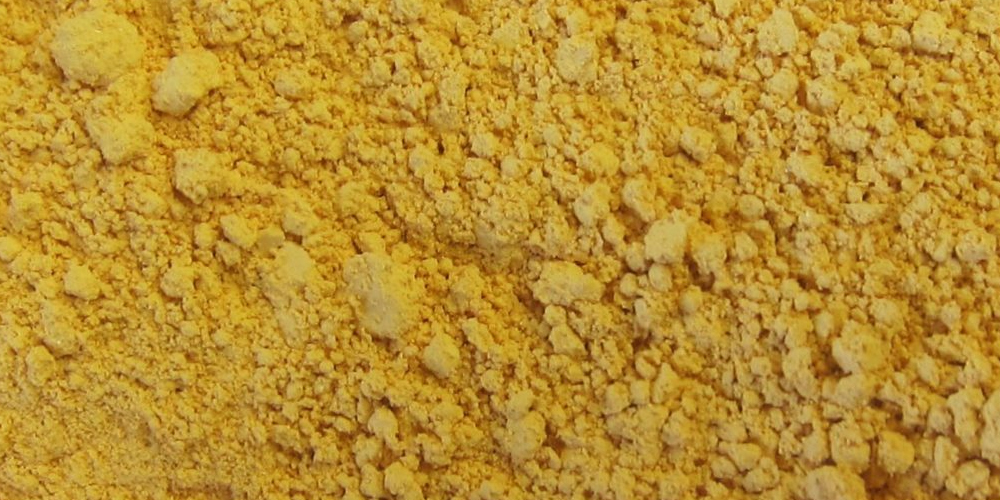
Naples is a lively city, which manifests itself in a multitude of colours: from the blue of the sea to the grey of the piperno, passing through the white of the marbles of the noble palaces, but the most famous and ancient colour connected to the city of Naples is the Naples Yellow, a colour that recalls the colour of the tuff of the ridge on which the entire city stands but which has more ancient origins that go back to the Egyptian merchants who were dedicated to stopping in Piazzetta Nilo.
The history of the Naples yellow
The Naples Yellow has its roots in the history of the city, as mentioned for many centuries it was thought that it could have originated from the tuff stone with which almost the entire city is made, but which was brought to Naples by the Egyptians who settled in the Greco-Roman Neapolis. It is a chromatic variety whose chemical composition is based on lead and antimonial. It has a light shade, tending to suede, similar to ocher yellow.
The first historical notes of the Naples yellow date back to the sixteenth century with the Neapolitan pharmacist Ferrante Imparato who makes a first incorrect theorization that will be perfected by Andrea Pozzo in his treatise 'Education to paint in fresco' of 1693-98, speaking of Naples yellow.
In 1766 the preparation of the colour is officially reported in the essay by Fougeraux de Bonderoy.
The Naples Yellow and Impressionism
The definitive consecration of the Naples Yellow, however, occurs in the nineteenth century with Impressionism. The revolution brought by Cèzanne and his companions is based on colour and its pastiness which was often seen in the brushstrokes of the various Monet, Renoir, etc.
One of the greatest admirers of the yellow of Naples is Paul Cèzanne who quotes it in one of his famous phrases: "Where is your Naples Yellow? Pitch black, Sienna, cobalt blue, burnt lacquer? It is impossible to paint without these colours! "For Paul, the Naples Yellow is an essential colour.










Lascia un commento